I'm trying to simulate a reflecting boundary. Based on the suggestions found here: Stochastic differential equation with callback in Julia I tried
using DifferentialEquations
using Plots
using Random
m(x,p,t) -> 0
s(x,p,t) -> 1
x0 = 0.1
tspan = (0.0, 2.5)
prob = SDEProblem(m, s, x0, tspan)
condition(u,t,integrator) = true
function affect!(integrator)
if integrator.u < 0
integrator.u = -integrator.u
end
end
cb = DiscreteCallback(condition,affect!;save_positions=(false,false))
Random.seed!(2001)
sol1 = solve(prob, EM(), dt = 0.001, callback = cb)
plot(sol1)
Random.seed!(2021)
sol2 = solve(prob, EM(), dt = 0.01, callback = cb)
plot(sol2)
Which yield  and
and  , respectively. One thing that I noticed is that the "quality" of the reflection is much better when dt is smaller. I suspect that this is because the solver only checks at knots in the interpolation, rather than at every point.
, respectively. One thing that I noticed is that the "quality" of the reflection is much better when dt is smaller. I suspect that this is because the solver only checks at knots in the interpolation, rather than at every point.
This has implications for adaptive solvers, which choose their own time steps. For example, if I now run the same problem using the SOSRI solver, which is the first recommendation on https://diffeq.sciml.ai/stable/solvers/sde_solve/, I get:
Random.seed!(2021)
sol3 = solve(prob, SOSRI(), callback = cb)
plot(sol3)
 which features arguably poorer quality reflection.
which features arguably poorer quality reflection.
Given that the problem seems to be that the condition is only evaluated at the knots, which is the idea of a DiscreteCallback, I tried one final approach of using ContinuousCallback:
condition(u,t,integrator) = u<0
function affect!(integrator)
if integrator.u < 0
integrator.u = -integrator.u
end
end
cb = ContinuousCallback(condition,affect!;save_positions=(false,false))
Random.seed!(2001)
sol4= solve(prob, EM(), dt = 0.001, callback = cb)
plot(sol4)
Random.seed!(2021)
sol5 = solve(prob, SOSRI(), callback = cb)
plot(sol5)
but this didn't work (I think I'm likely not using ContinuousCallback correctly. The results were  and
and  , which feature arguably no reflection
, which feature arguably no reflection
What is the recommended way to simulate these processes, and are explicit timestepping solvers the only supported ones?
